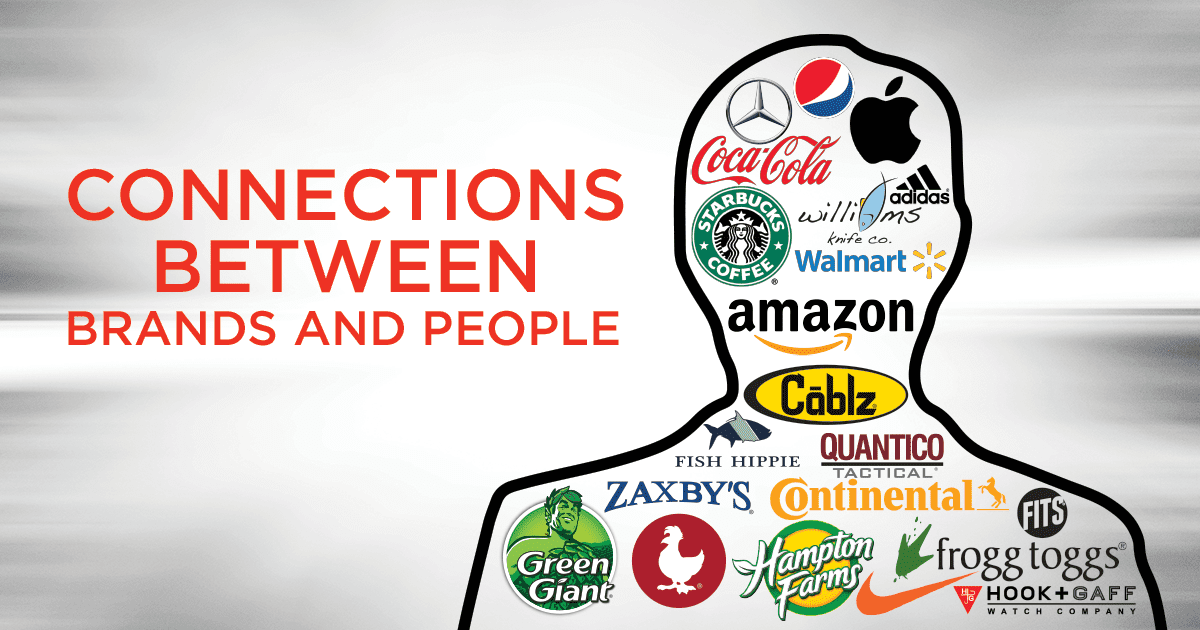In explaining the premise of their book, The Human Brand: How We Relate to People, Products, and Companies, Chris Malone and Susan Fiske delve into the psychology of the connections between people and brands. Consider the following excerpt from an interview with Malone conducted by the Wharton School of Business:
“In their struggle for survival, primitive humans were forced to develop a genius for making two specific kinds of judgments quickly and accurately. One: What are the intentions of other people toward me? And two: How capable are they of carrying out those intentions? In the academic world, these dimensions of perception are called warmth and competence. Warmth involves whether we view others to be honest, trustworthy, kind or friendly, while competence relates to whether they seem capable, intelligent or skilled. These spontaneous perceptions drive most of our emotions and behavior toward other people. Whether we realize it or not, the way we judge companies and brands happens in much the same way. Our research showed that more than 50% of all purchase intent and customer loyalty can be explained by these two basic human perceptions, before any features or benefits are considered. As a customer, we are acknowledging, “I get who you are and what you’re about.”
As builders of brands, one of our primary objectives is to increase the value of the brand. In doing so, we must consider the concepts of warmth and competence as those connection-building elements as foundational to the brand experience as a whole. So, when the realization hits that great potential lies in the brand’s value and it’s time to create connections using the concepts of warmth and competence, consider the following:
Process Is Key
As an owner or manager of a brand, engaging the proper process to uncover the connection between brand and consumer is key. Understanding the relationship between varying perspectives by audience – internal and external – is critical, – internal and external – and processes can uncover those differences. Further, understanding those differences creates the opportunity to focus messaging by audience, which will ultimately deliver a consistent brand experience.
Validation of Brand Foundation
Several considerations come into play. These include relevancy to the audience – do they care? Credibility with the audience – is the foundation something they can believe in? Uniqueness relative to the competition – is the product/service in a market position with limited competition? And finally – can the brand stand the test of time?
Marrying Brand with Messaging and Execution
This step is critical and demands a long-term commitment (since value is not created in the short term). As the brand foundation is built, execution becomes integral to determining success. In every brand touchpoint, the foundation must be evident. This requires critical evaluation by every team member and a relentless view of the brand that cannot be clouded by creativity that is off-brand. Remember, your consumers connects with your brand in a very human way. Don’t try to slip one past them. You may win a short-term gain, but again, value is created over the long -term.
Pay Attention
As the brand’s foundation has been laid, monitor it. Pay attention to how consumers are connecting to your brand. What is happening in social media and at point of sale? What are they saying? What are they doing? And why? Consumer motivations and behaviors are invaluable.
These are the points where warmth and competence connect with brands.
I challenge you to consider a brand (or multiple brands) that you are fond of and apply this test. Consider, do those brands with which you have a connection – preference, loyalty, an evangelistic relationship that you would staunchly defend among family and friends – stand up to warmth and competence?
